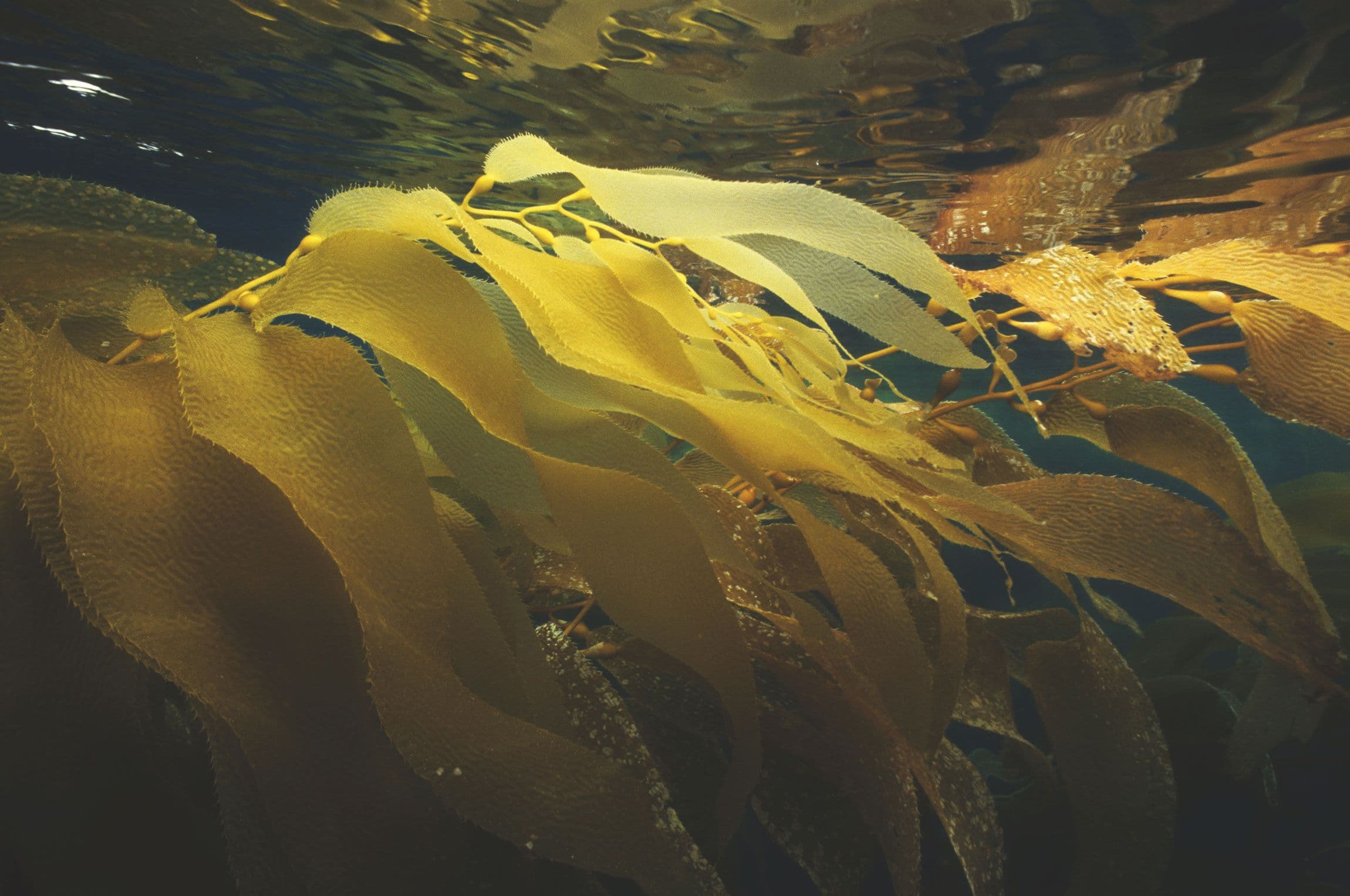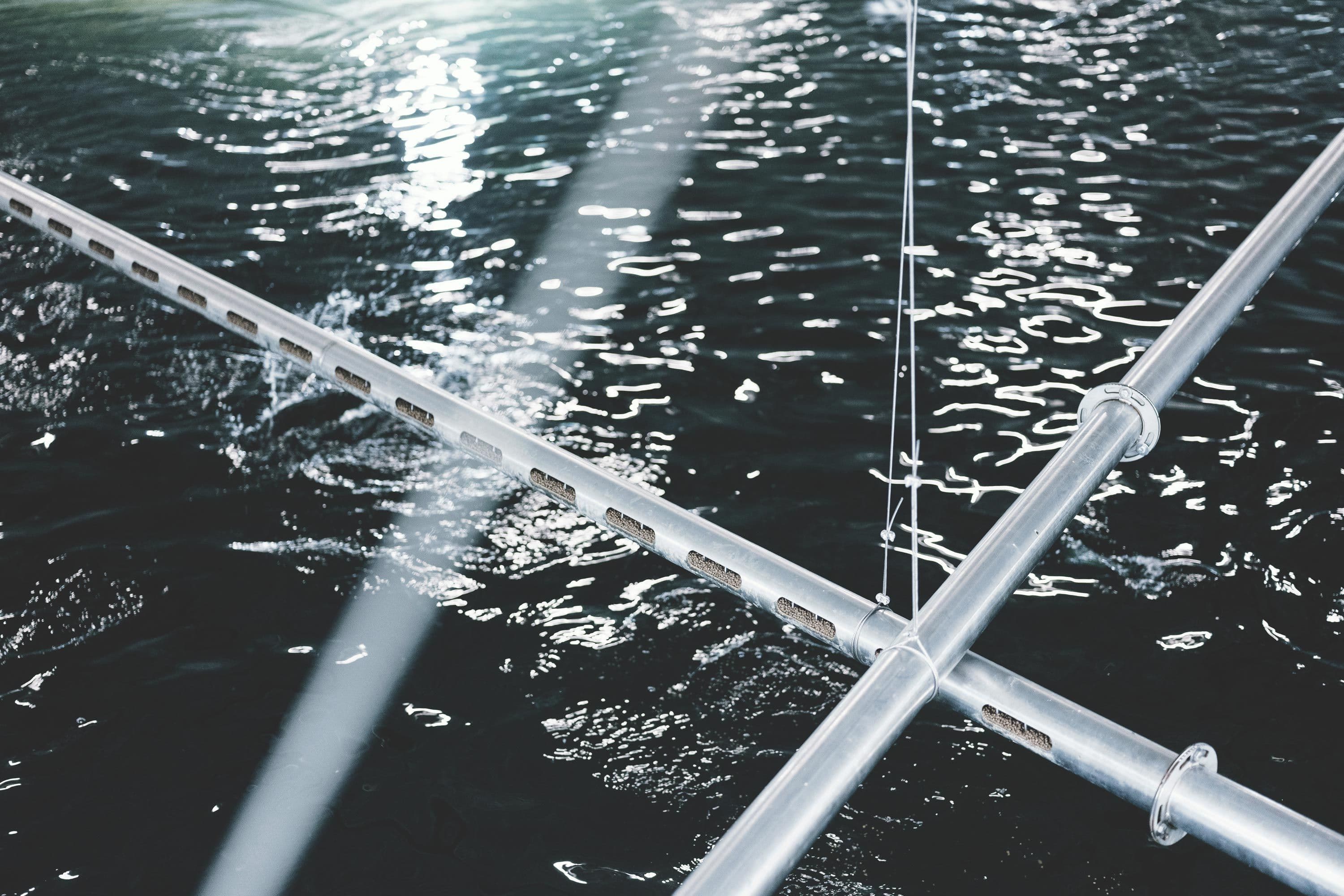
Towards more sustainable feed ingredients
Grieg Seafood identified and mitigated the most material risks related to our feed ingredients, such as overfishing and deforestation. However, we recognize that more must be done in our value chain to promote a more sustainable food system. Going forward, Grieg Seafood will assess the impact of our feed ingredients on various environmental and social parameters, to assess more material risks to mitigate and where we can make an impact in our feed supply chain.
With a growing aquaculture sector, we recognize that we need new marine and protein based feed ingredients. Grieg Seafood will take part in the commercialization of such ingredients, and is currently assessing which ones we will go into. We are in dialogue with various suppliers of possible alternatives, and have engaged in R&D projects to develop alternatives. Our aim is that at least 5% of our feed comes from novel feed ingredients by 2030. So far in 2023, approximately 0,3% of the feed in our Norwegian operations come from novel algae oils.
Other efforts:
- We have taken part in the development of the new ASC feed standard, which was launched in 2021.
- We are a member of the MarineTrust Governing Body Committee, to engage in the improvement of global fisheries.
- We are member of a GRI task force for preparing a sector standard for agriculture, aquaculture and fisheries.
- We have excluded Cargill Aqua Nutrition from our Green Bond use of proceeds, until their mother company Cargill Inc. have reduced their soy related deforestation risk in Brazil.
- Through the Global Salmon Initiative, we take part in the development of a new industry standard for carbon emissions from feed, which will allow us to benchmark and work more systematically to reduce carbon emissions from feed.


